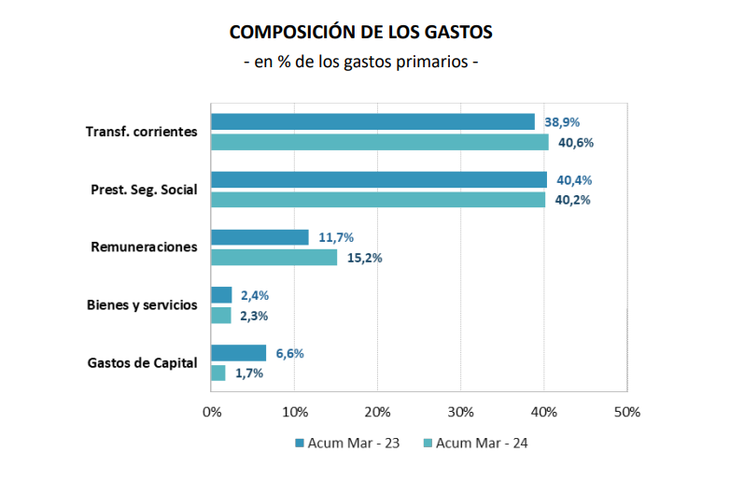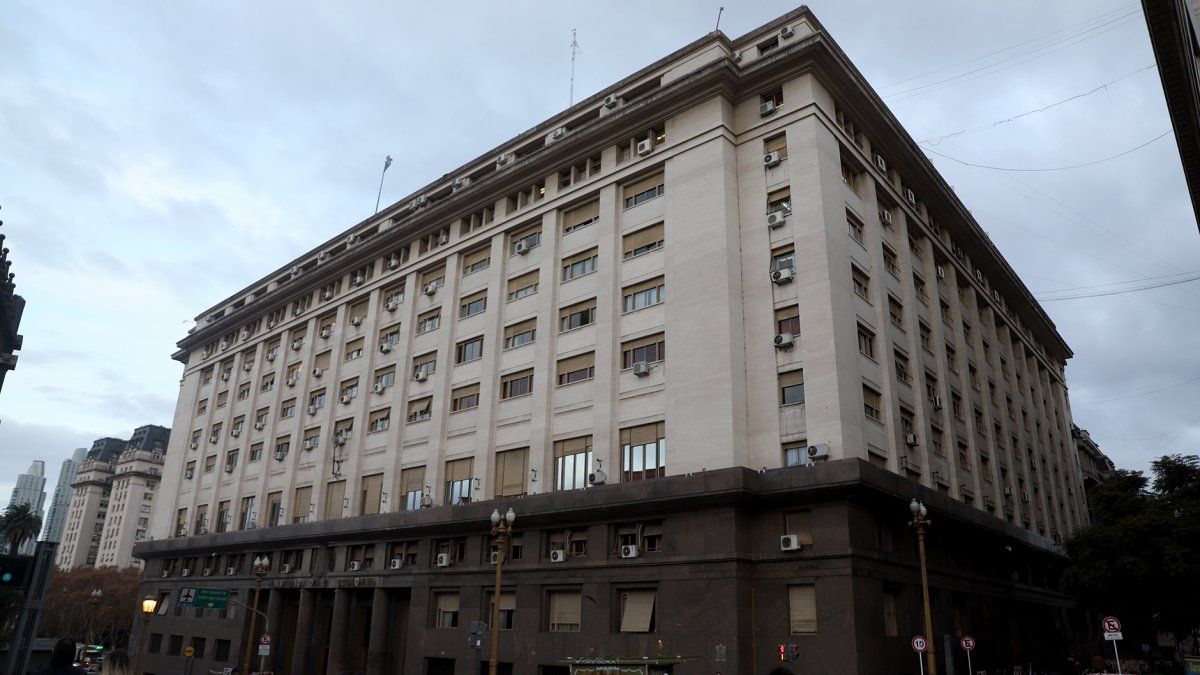In the market it is known that the type of fiscal adjustment that the Government chose based on expense liquefaction and payment restriction has a short route. If you do not advance with a more consistent program, the savings effect will wear off.
A Indicator of this are the numbers of the National Public Administration (APN).which, it is worth clarifying, does not represent the entire State, but shows the trend of where spending and income are going.
As stated in its latest report, Argentine Association of Budget and Public Financial Administration (ASAP) based on accrued expenses, In March there was a primary and financial deficit.
asap-apn.png
Although later, when the official cash base data is known in the coming days (in January and February the information was anticipated because they had very good data), Those numbers probably look different. It is likely that they indicate that the path to surplus is becoming increasingly narrower.
In theory, the publication of data from the National Public Sector (SPN) that reports the situation of the entire State under the principle of income and payments, It would be Monday the 21st, just like the usual calendar.
“In March 2024, and For the first time this year, budget execution showed a financial and primary deficitalthough at levels much lower than those corresponding to March 2023, when a financial deficit of $893,794 million and a primary deficit of $705,643 million was recorded,” ASAP reports.
The entity details that, “in 2024, These deficits reached a total of $367,955 million and $73,145 million respectively”.
However, it is detailed that “as a consequence of the positive balances accumulated in January and February, During the first quarter of 2024, the financial result of the APN was a surplus of $670,848 million.”
Last year there was a deficit of $1.4 trillion during the same period. On the other hand, “the surplus primary result climbed to $3.4 trillion versus a deficit of $760,827 million in the same period of 2023.”
Change of trend with the new administration
ASAP highlights that, “with the arrival of the new government administration, and the decisions adopted regarding exchange rate and budget policy, Starting in December, there was a reversal of the gap between the growth rates of income and total expenses regarding what happened during the months of last October and November.”
He maintains that at that time, “expenditures grew at a faster rate than resources.” “In turn, during the first four months of the new government, it is observed that expenses experienced negative interannual variationsunlike income, which ranged between drops and moderate growth,” the report states.
asap-expense-.png

According to the work, unlike what happened during the first two months of the year, In March 2024, the total income of the National Public Administration (APN) adjusted for inflation presented a drop of 12.9% in relation to the same month of the previous year.
“This contraction is explained by the behavior of the Tax revenues that, affected by the 28.4% drop in VAT, “They experienced a negative variation of 9.8% for the first time so far in 2024,” says ASAP.
Added to this is the continuity of the contractionary trend in Social Security Contributions, which showed a drop of 19.8% year-on-year.
The entity estimated that in March There were current income of $5.3 billion and current expenses of $5.5 billion., which results in a deficit economic result of $249,383 million. On the other hand, capital income of $4,629 million was recorded and capital expenditures of $123,201 million. On the other hand, interest of $294,810 million was accrued.
Source: Ambito




